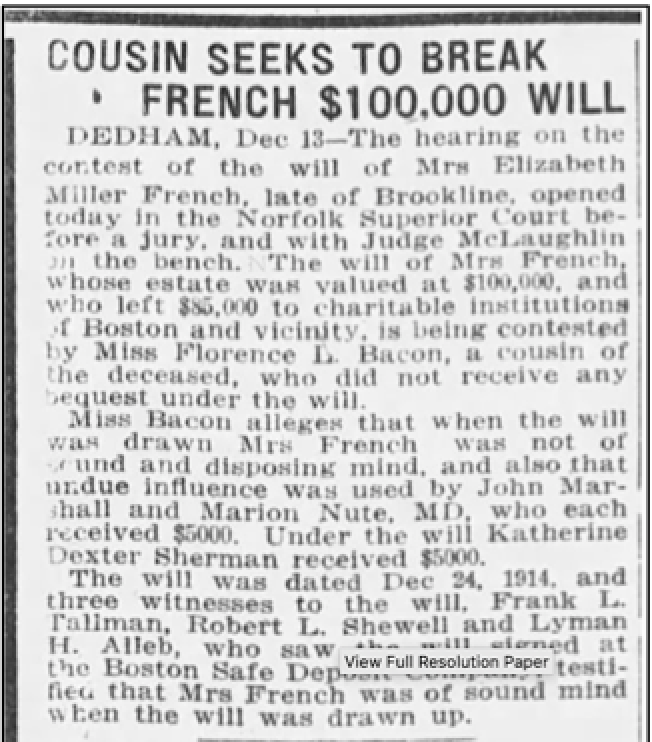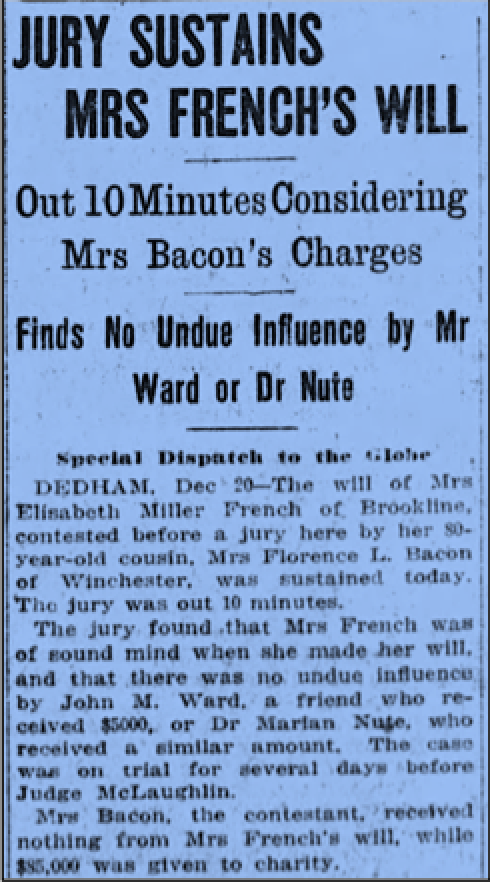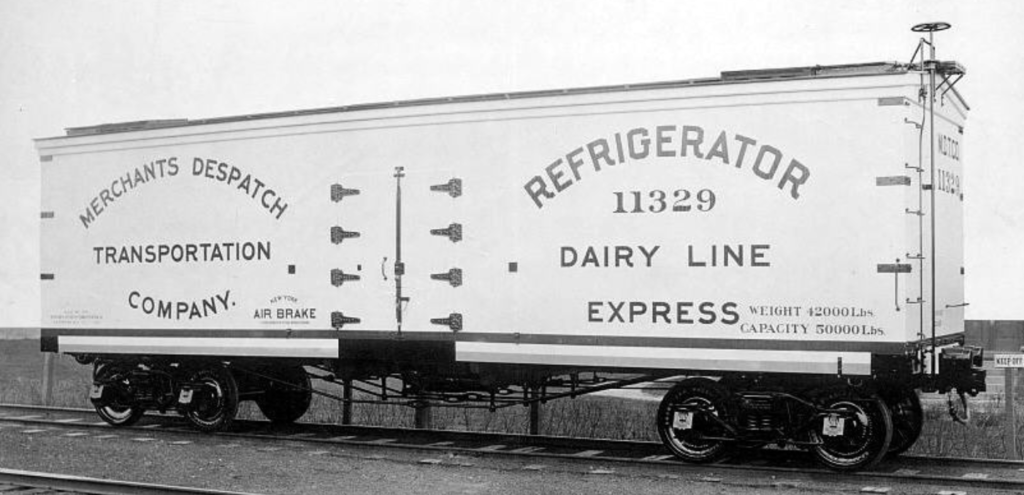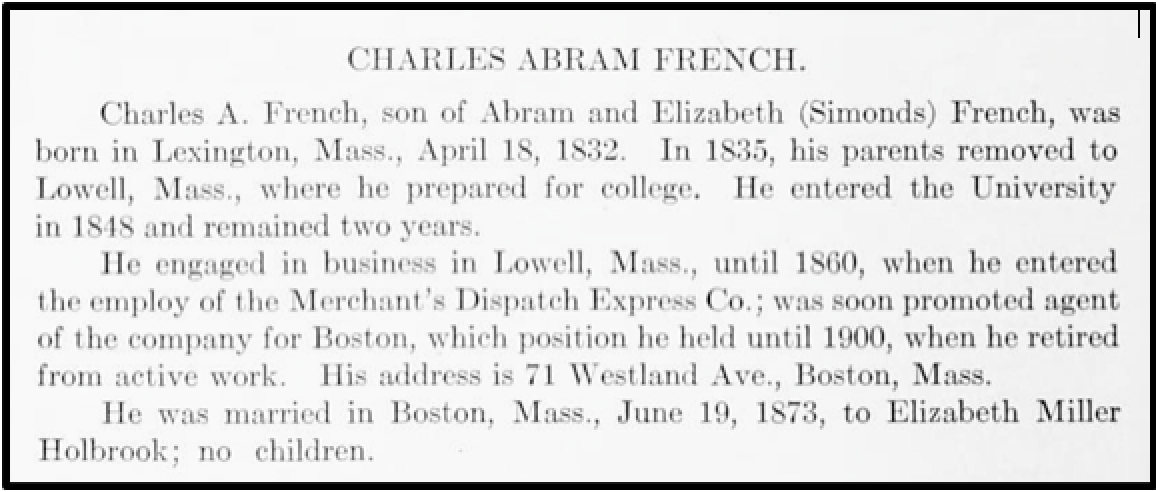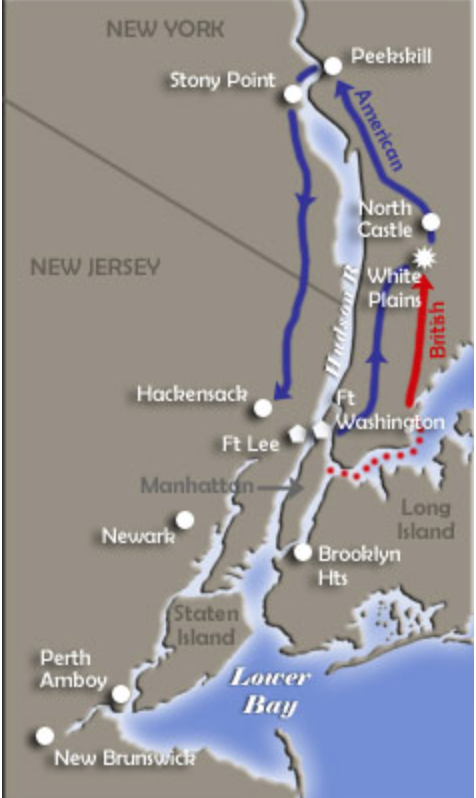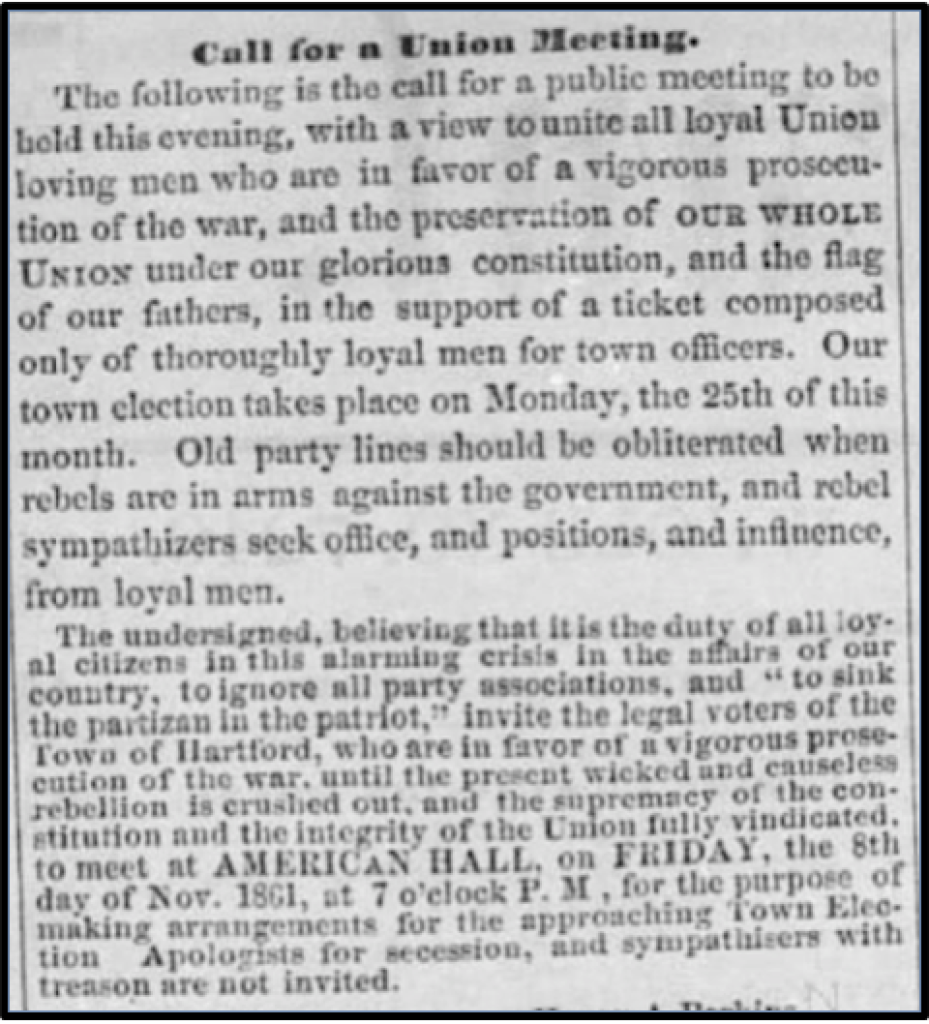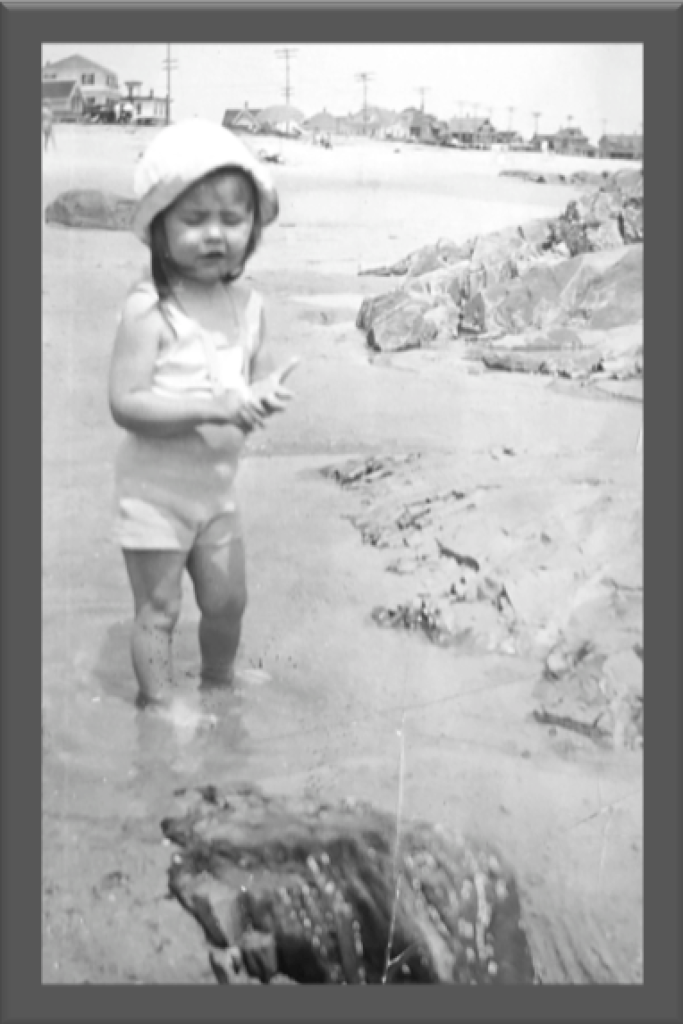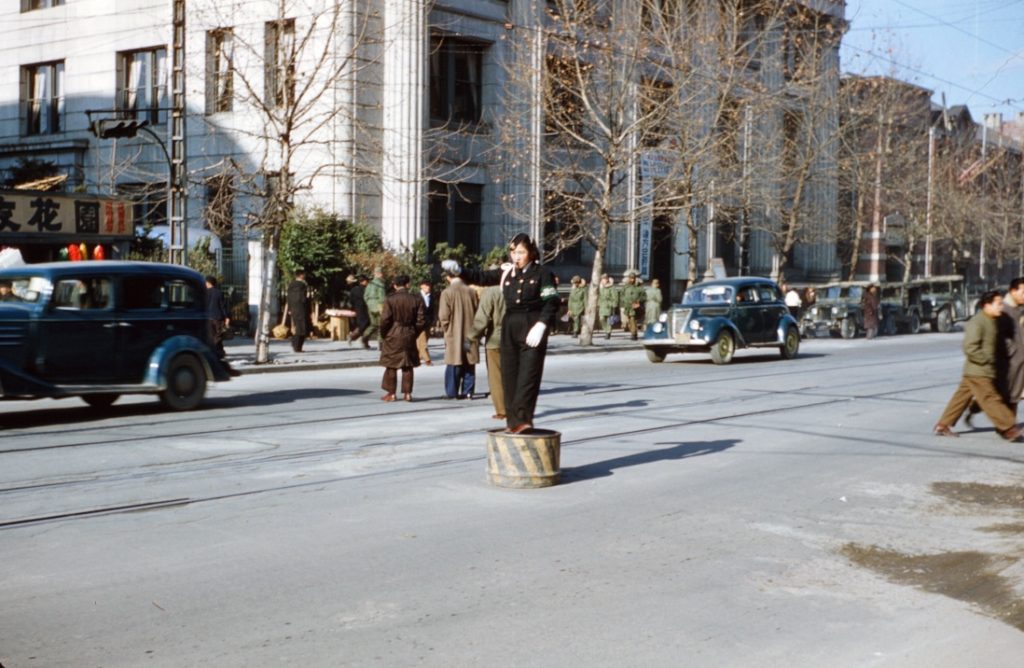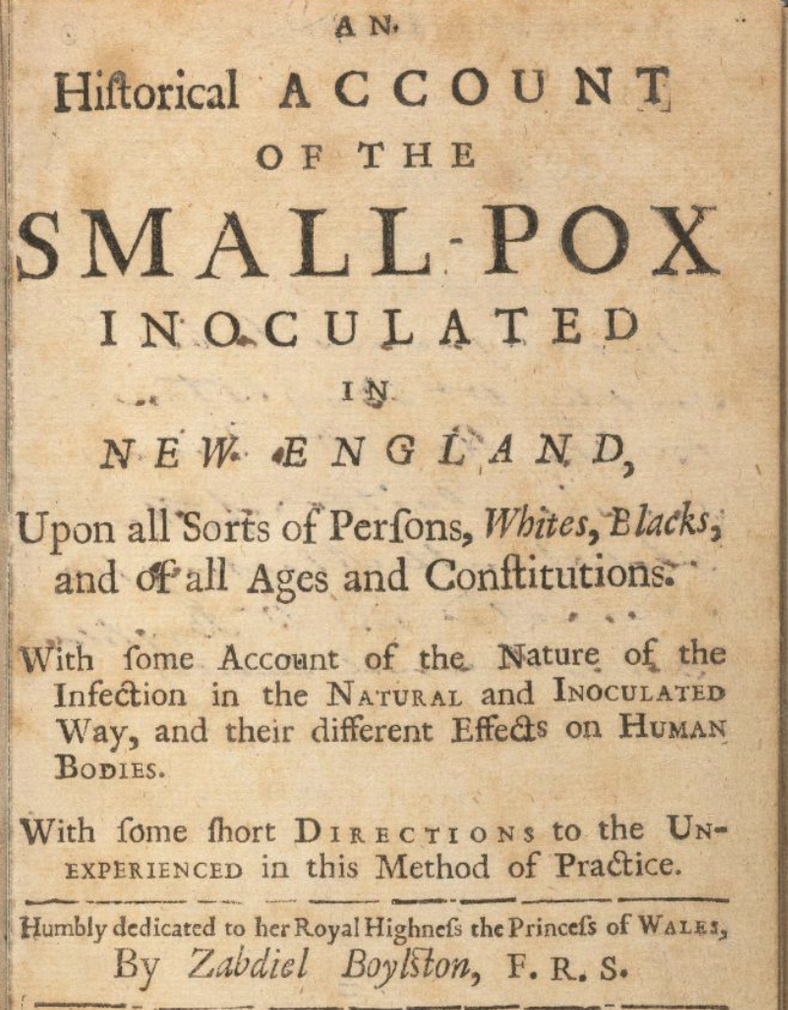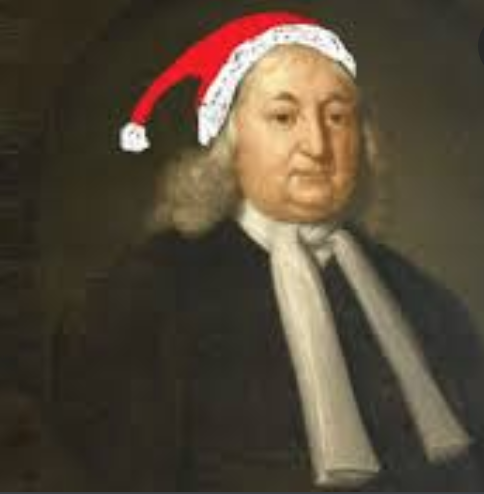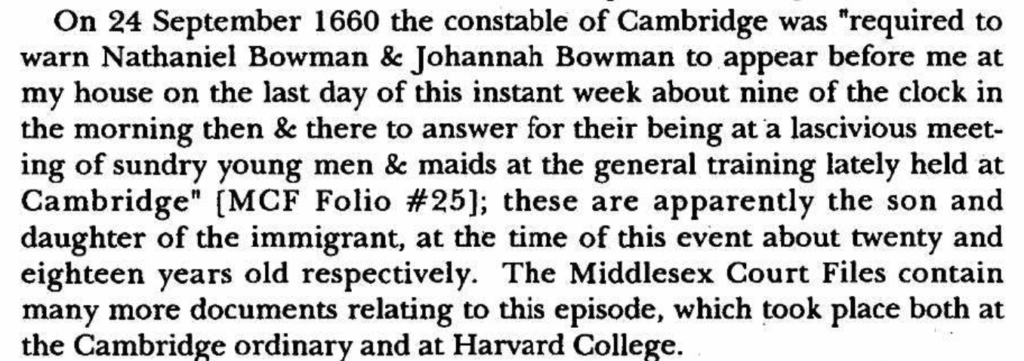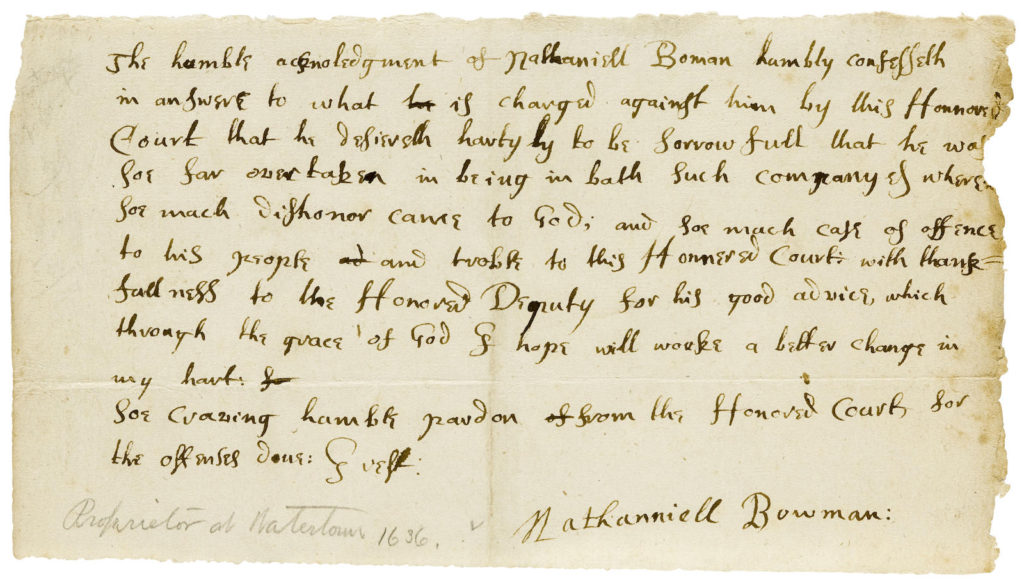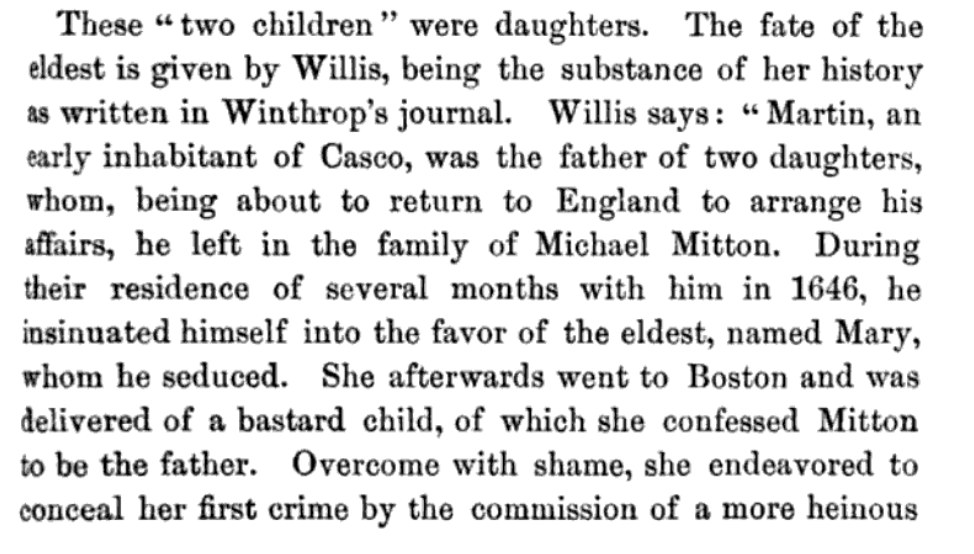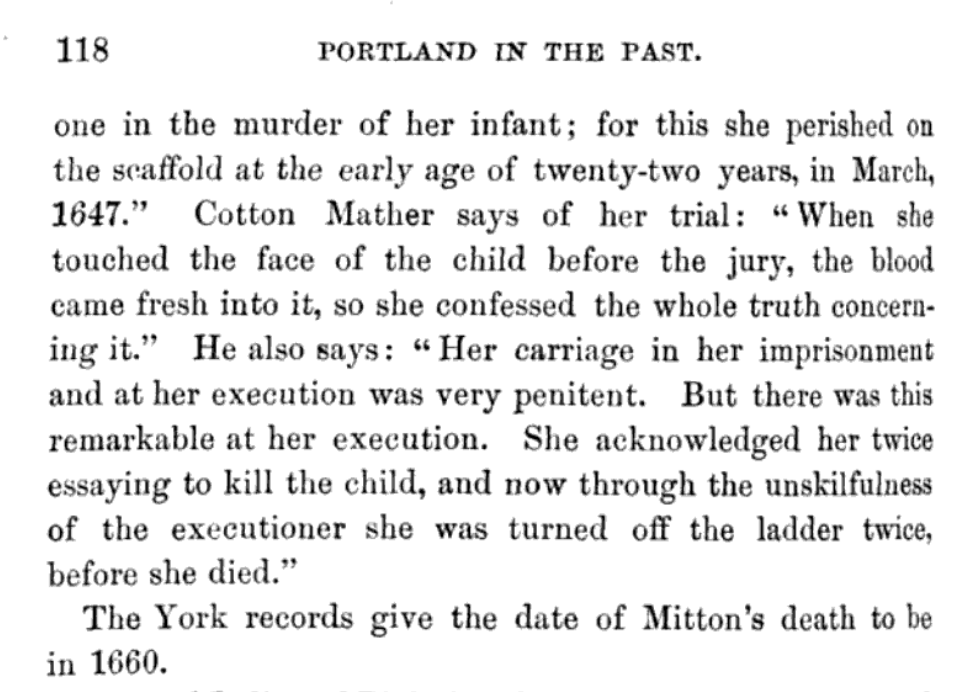Where There is a Will, There is a Lawsuit
This is a story about Elisabeth (Holbrook) French (1847-1914) who was the wife of my 2nd great uncle, Charles Abram French (1832 – before 1914). According to a newspaper account, Charles was a family friend who first meet Elisabeth when she was only four years old. In the 1860 census, Charles (27) is listed as living in the home of Mahala (34-widow) and Lizzie (14) Holbrook. Thirteen years later, Charles and Elisabeth were married in Boston, Massachusetts. They had no children.
The interesting twist to this story is that upon her death in 1914, Elisabeth left $85,000 (the total estate was estimated to be $100,000) to homes for “aged” men and women, the Animal Rescue League, a couple of close friends and two of her doctors. Funds were also provided to the Red Acre Farm in Stow, Massachusetts, which was one of the first animal rescue organizations specifically for horses.
What is $85k in 1914 worth in today’s money? The answer is $2,214,029!
Elisabeth’s will provided no money for extended family members such as cousins, nieces or nephews. This really fried her cousin, Florence Bacon, who contested the will claiming that her aunt was not of “sound and disposing mind” when she made her will. The jury did not buy Florence’s argument, it took them only 10 minutes to decide that the will was valid. (below: news articles)
Charles was an agent for the Merchants Despatch Transportation (MDT) Company in Boston. MDT was established by the American Express Company and the company manufactured refrigerated rail cars. (Source: Norwich University, 1819-1911)
Note: One of the witnesses called in the case was my paternal great-grandmother, Mary McEachern French whose husband, Walter, was Charles cousin. There is no record of whether she was a witness for Elisabeth or Florence, however, if I could hazard a guess…..she may have cut a deal with Florence. Mary would be involved in a sensational court case a year later – Into the Breach-Promises, Promises.
Comments, corrections and suggestions appreciated.
Copyright © 2021. All Rights Reserved by David R. French
